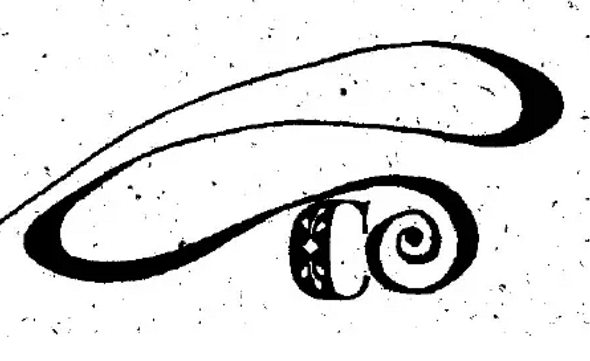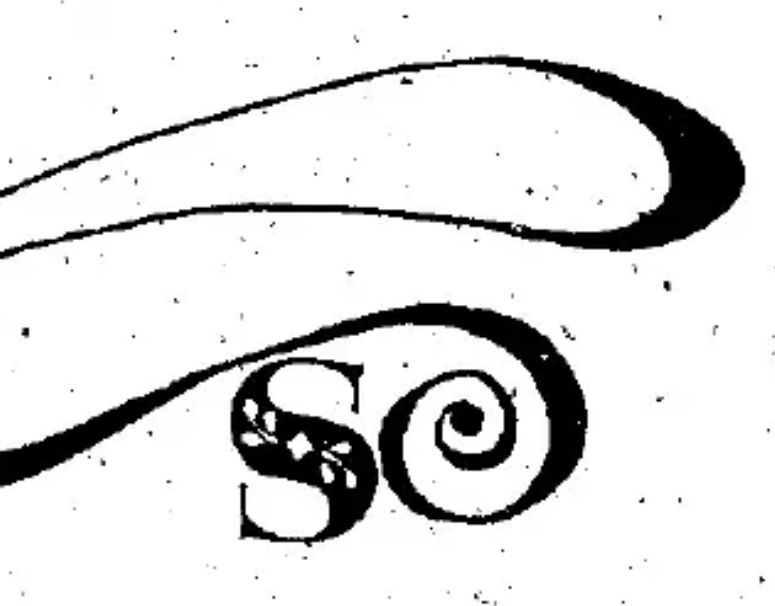In einem Buch aus dem Jahr 1983 ist ein Kryptogramm enthalten, das noch immer auf seine Dechiffrierung wartet. Kann ein Leser es lösen?
English version (translated with DeepL)
“Ich habe ein Kryptogramm, dass ich (und andere) bereits seit 1983 zu lösen versuche”, hat mir Roger J Morgan aus London vor ein paar Tagen geschrieben. “Wir meinen, dass es so langsam Zeit ist, diese Sache zu Ende zu bringen.”
Roger J Morgan ist Cipherbrain-Lesern vielleicht bekannt, weil er eine Arbeit zu den kryptologischen Aktivitäten von Rudyard Kipling verfasst hat. Natürlich würde ich ihm gerne helfen, ein fast 40 Jahre altes Rätsel zu lösen. Vielleicht findet ja ein Leser den richtigen Ansatz.
Bevor es ins Detail geht, möchte ich aber noch erwähnen, dass ich am Donnerstag um 19 Uhr im Spionage-Museum in Berlin einen Vortrag halten werde. Der Titel lautet “Die Chiffren der Spione”. Zwei Blog-Leser haben mir geschrieben, dass sie dabei sein werden. Vielleicht hat ja sonst noch jemand aus dem Raum Berlin Lust. Und vielleicht können wir den Abend anschließend in einer Kneipe ausklingen lassen.
Das Don-Shaw-Kryptogramm
Doch zurück zur Anfrage von Roger J Morgan. Das besagte Kryptogramm ist im Buch “The Golden Key to £50,000 Treasure” von Don Shaw aus dem Jahr 1983 enthalten. Ein PDF und Informationen zu diesem Werk gibt es hier.
Die Handlung dreht sich um Francis Drake’s Weltumrundung in den Jahren 1577-1580. Mit den im Buch enthaltenen Informationen konnte man die Lage eines goldenen Schlüssels ermitteln, für den es einen Preis von 50.000 Pfund gab. Dies gelang jedoch niemandem. Nach fünf Jahren beendete Shaw das Projekt. Bis heute ist nicht bekannt, wie man das Rätsel hätte lösen und den goldenen Schlüssel hätte finden können.
Auffällig ist laut Morgan, dass auf vielen Seiten (bei aufgeschlagenem Buch befinden diese sich immer links) ein Buchstabe in einer Verzierung dargestellt ist. Hier ist ein Beispiel:
Aneinandergereiht erhält man folgende Buchstabenfolge:
MCSE****IERSDEAXREEBROVUTUBLEOESEEOYGBVDSESBEEDQ**NEOSOU
Die Sterne stehen für Seiten, auf denen kein Buchstabe abgebildet ist.
Man kann vermuten, dass es sich bei dieser Folge um eine verschlüsselte Nachricht handelt und dass diese Hinweise auf das Versteck des goldenen Schlüssels liefert. Sicher ist das alles aber nicht. In jedem Fall wäre es interessant, den Klartext zu kennen.
Lösungsansätze
Die Buchstaben-Häufigkeiten des Don-Shaw-Kryptogramms entsprechen etwa denen der englischen Sprache. Lediglich die Anzahl der Es erscheint etwas zu hoch. Dies könnte daran liegen, dass Englisch aus der Zeit Fancis Drakes (Tudorisch) verwendet wurde. Dieses enthält das E besonders oft, beispielsweise in Ausdrücken wie “Ye Olde”.
Eine solche Häufigkeitsverteilung spricht für eine Transpositionschiffre. Vermutlich wurden die einfachen Varianten (z B. jeden dritten Buchstaben lesen) bereits überprüft.
Roger J Morgan befürchtet, dass das Buch schnell und achtlos zusammengestellt wurde und dass sich dadurch Fehler eingeschlichen haben. Dies würde die Sache natürlich erschweren. Auffällig ist beispielsweise, dass einige der links liegenden Seiten Verzierungen ohne Buchstaben tragen, während auf anderen weder eine Verzierung noch ein Buchstabe abgebildet ist. Ob das Absicht ist, ist nicht bekannt.
Kann ein Leser dazu beitragen, dieses Rätsel nach fast 40 Jahren zu lösen? Es wäre so langsam Zeit, auch wenn es heute keine 50.000 Pfund mehr zu gewinnen gibt.
Follow @KlausSchmeh
Further reading: Ein Krypto-Klassiker: Das Fair-Game-Kryptogramm
Linkedin: https://www.linkedin.com/groups/13501820
Facebook: https://www.facebook.com/groups/763282653806483/




Kommentare (10)